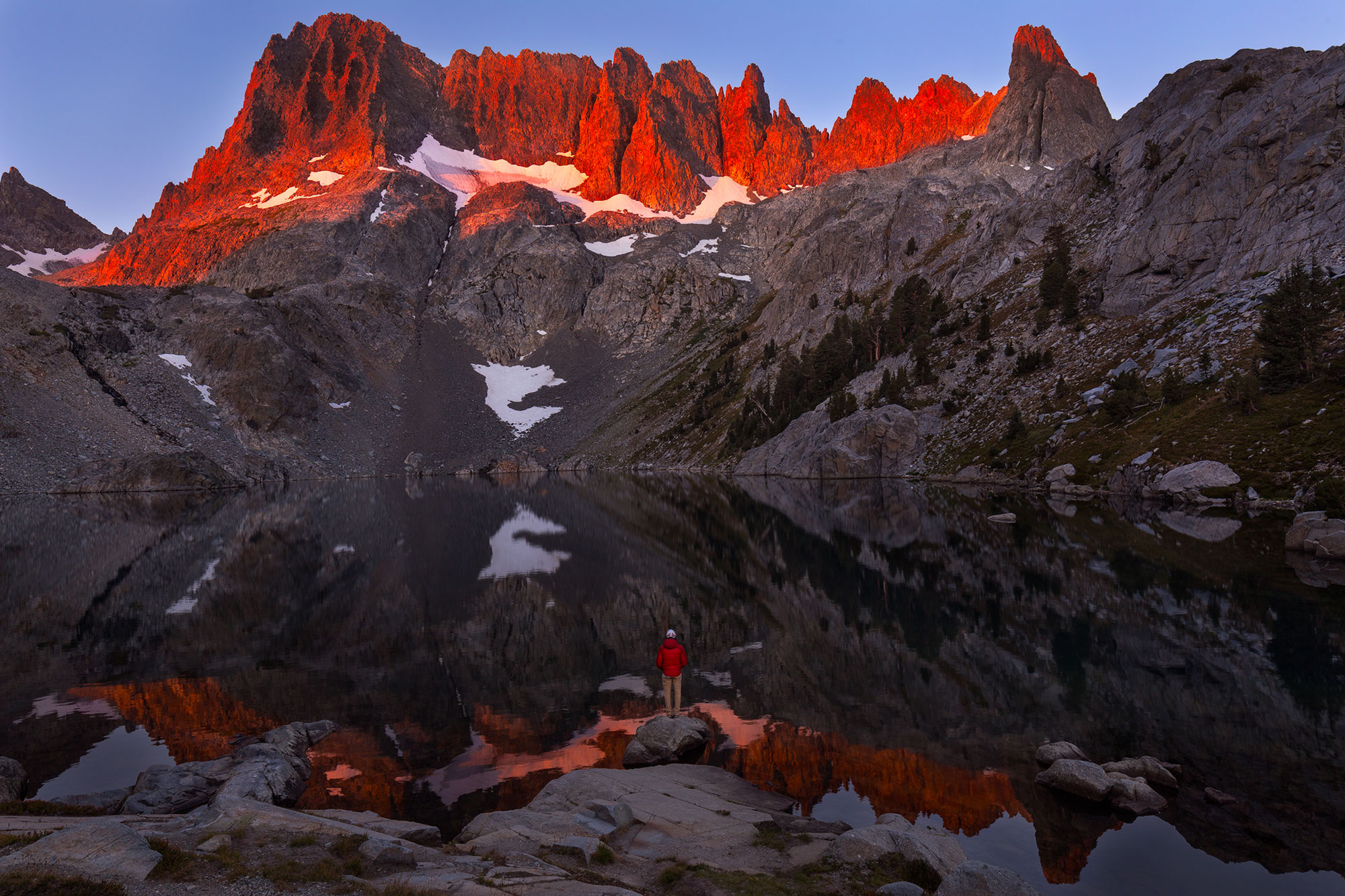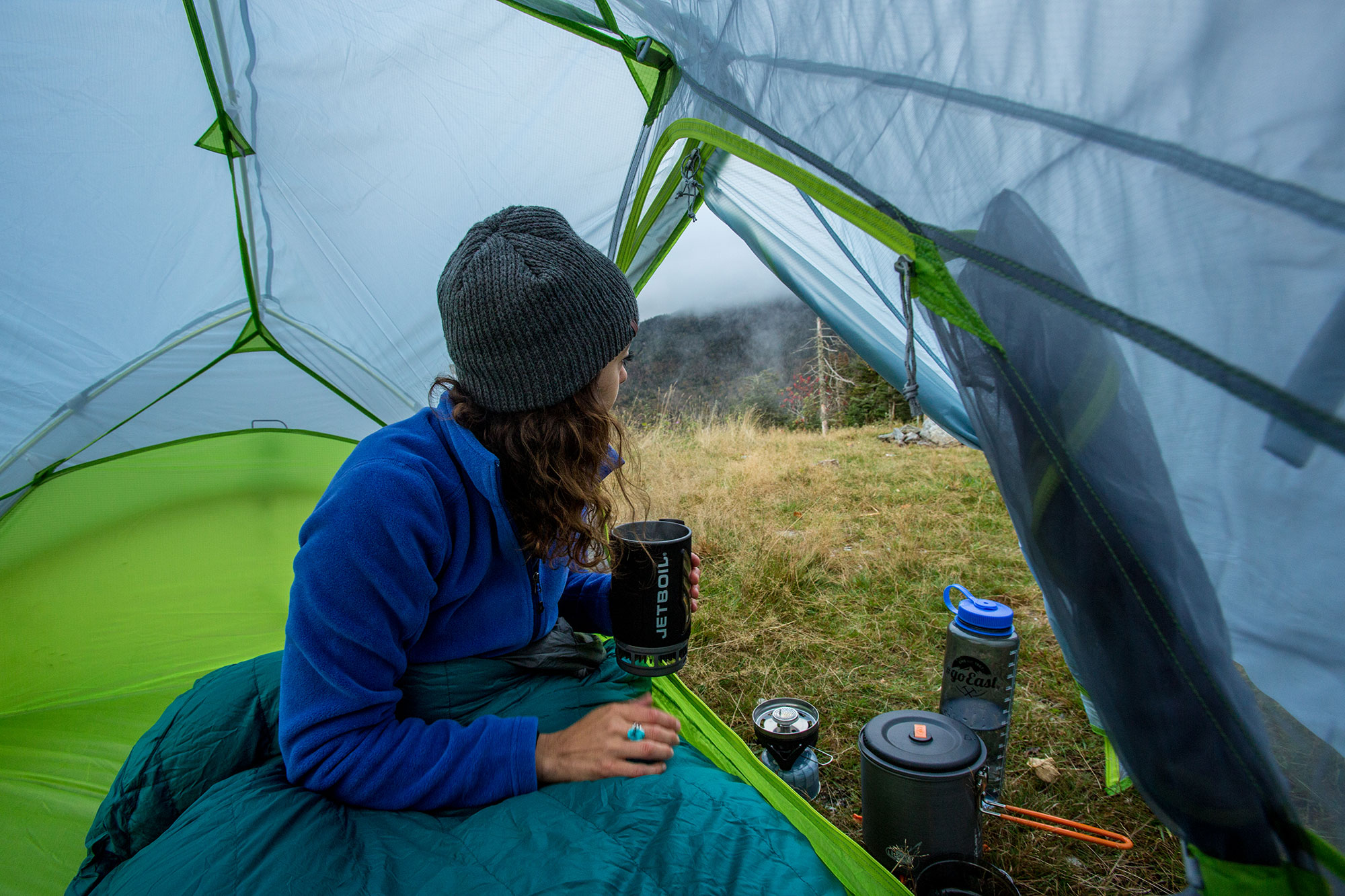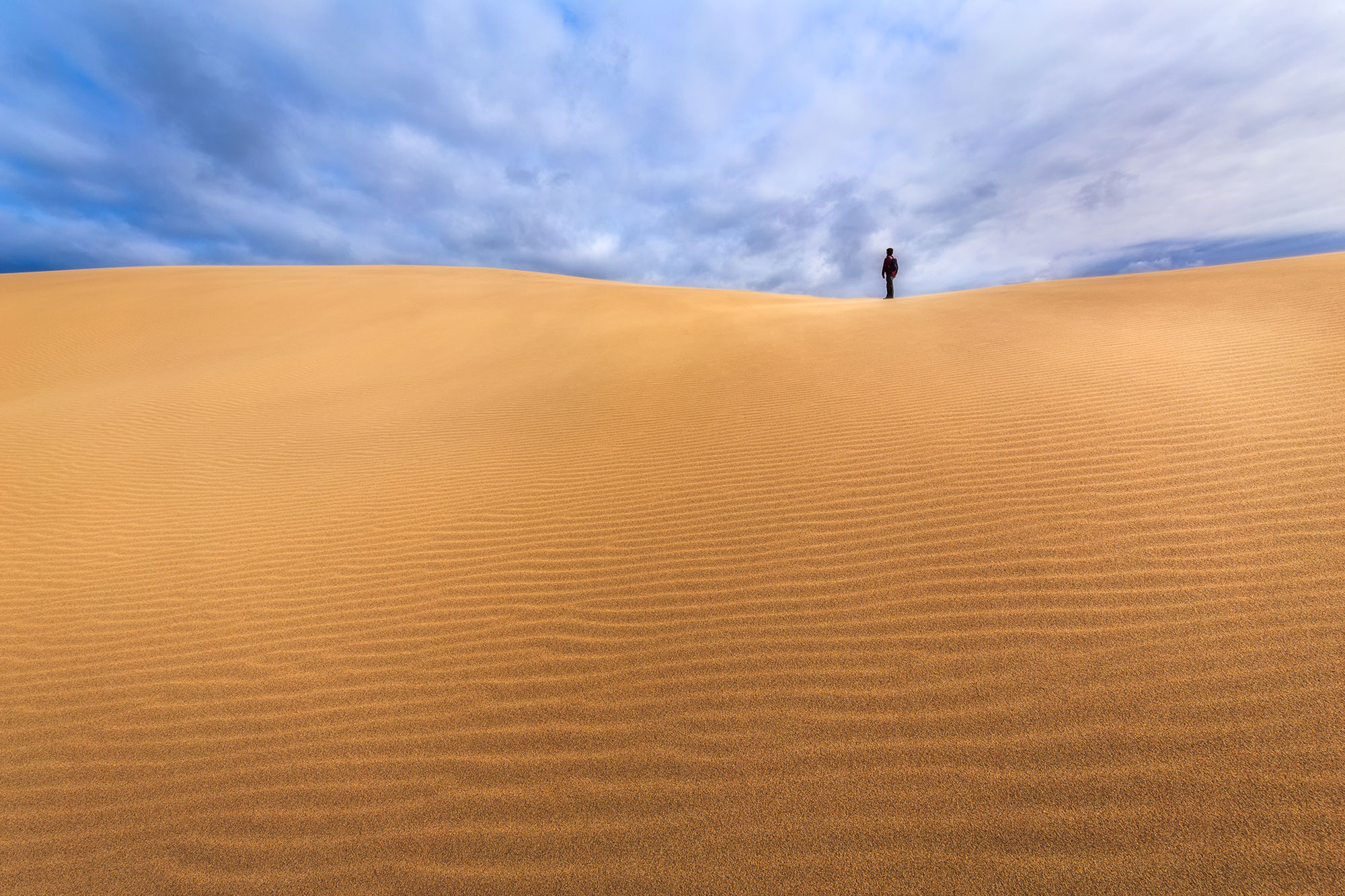Don’t get us wrong: There are few things as purely fun as heading into the wilderness with a group of close friends, sharing stories around the campfire, and dragging conversations and debates out late into the night. But there also might not be many outdoor activities as rewarding as heading into the wilderness alone. The physical, mental, and emotional challenges are heightened, your awareness of your surroundings deepens, and you finish with a feeling of accomplishment and self-reliance that you can’t get with help. But solo adventures are different than group trips, especially in safety and planning. So whether you’re seeking out a challenge, looking to escape from the hectic modern world, social distancing, or simply don’t have anyone to go with, use these tips to get the most out of your solitary adventure.

1. Ease into it
Your first-ever backpacking trip shouldn’t be a solo mission. Before immediately diving into a multiday solo trip, incrementally gain experience and knowledge by first backpacking with other, more experienced backpackers. It’s also far better to make a rookie mistake while in the company of a seasoned vet than to learn things the hard way when you’re all alone. Once you feel comfortable enough to go solo, get a few low-mileage, one or two night trips under your belt before biting off that week-long epic you’ve been dreaming about.
2. Tell a friend or family member your itinerary
If things turn bad while you’re solo, no one will be there to provide medical assistance or run out to the road or a ranger station to get help. Leaving a detailed itinerary with a loved one is always a good idea even when backpacking with others, but is imperative to your safety and wellbeing when going alone.
3. Consider using a satellite messenger
In the same vein, carrying a satellite messenger such can be a soothing security for you and your loved ones while you’re off the grid alone. These messengers vary in capability, but some good basic features include a “check-in” feature that lets the people of your choice know that you’re ok and provides your GPS coordinates via text and/or email, and an SOS feature that alerts local search and rescue of your location and that you’re in danger and in need of rescue.

4. Double-check your gear
Extra care and diligence need to be taken with gear before heading out on a solo backpacking trip, as there won’t be anyone there to lend you spare gear or help with repairs in the event of a gear failure. Opening up your tent, sleeping bag and pad before packing them to inspect for damage or mildew from storage, re-waterproofing rain gear and boots, and checking how much fuel is in fuel canisters are just a few of the things that should be done each time before hitting the trail. There won’t be anyone to double-check your work, or carry backups.
5. Lighten the load
An advantage of backpacking with a group is the ability to split up gear among multiple people, helping to keep everyone’s pack at a reasonable weight. When backpacking solo, it’s up to only you to carry all that is needed to thrive in the wilderness, and pack weight can quickly balloon to an ungodly level that prohibits efficient travel and personal enjoyment. For high mileage solo trips, the added cost of lightweight gear is worth every penny. Smaller tents, cookware, and other items are perfectly fine for a single person, and can dramatically lower weight. Another useful way to eliminate unnecessary weight is to keep track of what you pack for each trip, and what you actually end up using. This is an easy way to identify the items that have earned a place in your pack, and those that can be done without.
6. Develop a daily rhythm
Solo backpacking involves much more work than just the act of hiking. Camp needs to be made, water gathered and purified, food cooked, perhaps firewood collected. If such tasks are procrastinated and completed haphazardly, solo backpacking can quickly feel more like a chore than an enjoyable escape. Developing a daily rhythm will ensure that tasks are efficiently completed and free up more time to hike and enjoy the beautiful surroundings.

7. Mitigate risk
Solo backpacking is inherently more dangerous than hiking with a group, and extra care needs to be taken when solo to avoid danger and taking unnecessary risks. Pushing onward when the weather’s bad, crossing a swollen river, and venturing onto uncomfortably dangerous terrain are just a few of the high-risk scenarios that should be avoided as much as possible when backpacking solo. There’s no shame in turning back when a dangerous situation outside your comfort zone presents itself while solo.
8. Reinforce first aid and emergency kits
In the event of a medical emergency while solo backpacking, you want to be able to rest assured that you have the medication and equipment to safely get you through it. Off the shelf first aid kits are a good start, but it’s best to carefully go through them before a trip and bolster with extra supplies and medications. Items such as a signaling mirror, emergency whistle, prescription medications, and medical tape and bandages are items that can be crucial in an emergency and that often aren’t included in a run-of-the-mill first aid kit.
9. Strengthen navigation skills
Even when planning to stay on designated, well-marked hiking trails, having a strong knowledge of your planned route and bringing along a map of the area is crucial. GPS devices and phone apps can be great navigation resources, but many a backpacker has needed to be rescued after the battery in their navigation device died. Bringing a map and compass, and knowing how to use them, remains a vital skill even in this digital age, especially when navigational choices are up to you alone.

10. Combat loneliness
Getting away from it all, challenging yourself physically and mentally, and connecting to the natural world are just a few of the many benefits of backpacking solo. Having some downtime on a trip can be great, but it’s in these moments that loneliness can creep up on you and threaten to sabotage a solo trip. Keeping the mind active is a great way to stave off loneliness. Writing in a journal, drawing, reading a book, and taking photos are a few activities that don’t require much energy but keep the mind engaged. Grappling with loneliness in the wilderness and overcoming it can be one of the most rewarding aspects of solo backpacking, and the more time spent out in the wilds alone, the more comfortable you’ll become and the more it will begin to feel like home.
Joey Priola
Joey Priola is a scientist and wilderness photographer based out of Clifton Park, NY. He has a deep passion for exploring and photographing the wilderness, particularly the Adirondacks. While his love for the outdoors precedes his passion for photography, he now could not imagine having one without the other. Joey also greatly enjoys writing about his outdoor adventures, and one of the main goals he hopes to accomplish through his photography and stories is to inspire others to get outside and discover the same feelings of awe and wonder that the wilderness instills in him. More of his work can be found at his website and on Instagram.
Related Posts
April 2, 2024
10 Tips for Mountain Biking Etiquette During Mud Season
One rough spring could ruin the…




